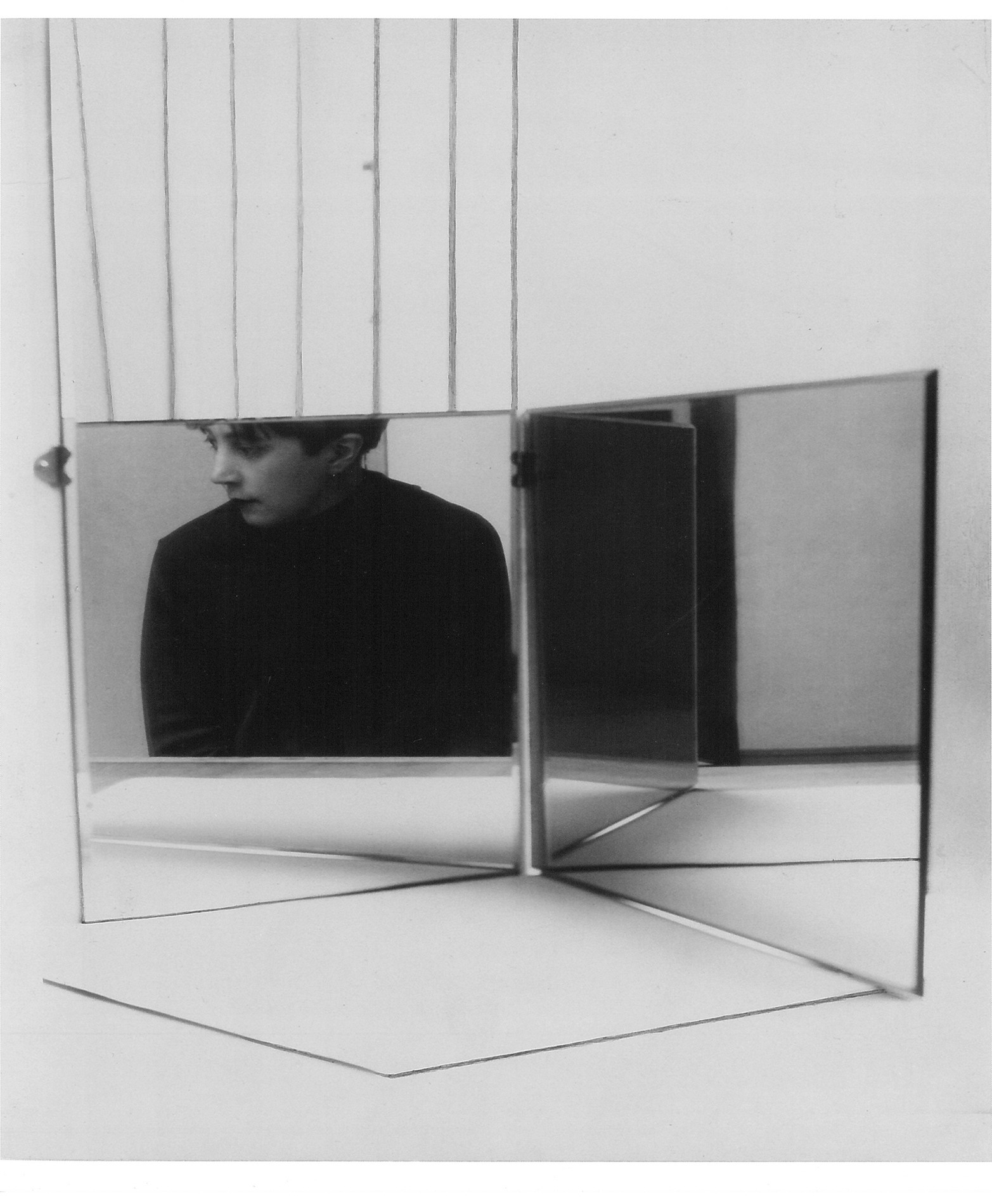Florence Henri's Oblique Subjects
Friday, March 23, 2018, at 18:30
Concordia University, EV-1.605
 Florence Henri, Portrait Composition, 1927
Florence Henri, Portrait Composition, 1927
Sabine Kriebel
History of Art, University College Cork, Ireland
Neither perpendicular nor parallel to a given surface, the word “oblique” simply refers to a slanting angle. Rhetorically, however, the term is loaded, suggesting something askance, mystical, masked, indirect, covert, or furtive. An oblique angle foregrounds subjectivity and irrationality rather than detached objectivity and rational, head-on perception; rather than being direct, analogous or cognate, the oblique suggests circuitous, decentered pathways of knowing. Reading Florence Henri’s iconic 1928 self-portrait against the grain, this paper considers the ways in which her suite of refractive images reroute our understandings of identity and connection in the context of the detachment associated with New Vision photography.
Sabine T. Kriebel has published widely on photography, photomontage, and resistant aesthetics, including in her book Revolutionary Beauty: The Radical Photomontages of John Heartfield (University of California Press, 2014) and Photography and Doubt (Routledge, 2016) co-authored with Andrés Zervigón. Prior to joining the faculty in History of Art, University College Cork, Ireland, she worked at the National Gallery of Art, Washington DC in the Department of Photographs and collaborated on the 2005 Dada exhibition.

